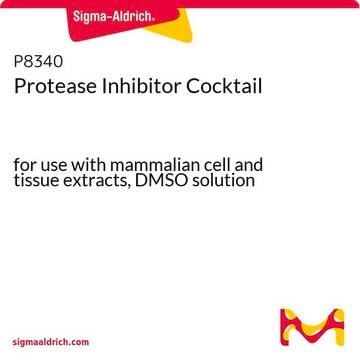All Photos(2)
About This Item
Empirical Formula (Hill Notation):
C12H8
CAS Number:
Molecular Weight:
152.19
Beilstein:
774092
EC Number:
MDL number:
UNSPSC Code:
12352100
PubChem Substance ID:
NACRES:
NA.22
Recommended Products
Assay
75%
form
solid
impurities
20% acenaphthene
bp
280 °C (lit.)
mp
78-82 °C (lit.)
density
0.899 g/mL at 25 °C (lit.)
SMILES string
c1cc2C=Cc3cccc(c1)c23
InChI
1S/C12H8/c1-3-9-4-2-6-11-8-7-10(5-1)12(9)11/h1-8H
InChI key
HXGDTGSAIMULJN-UHFFFAOYSA-N
Looking for similar products? Visit Product Comparison Guide
Signal Word
Warning
Hazard Statements
Precautionary Statements
Hazard Classifications
Acute Tox. 4 Oral - Eye Irrit. 2 - Skin Irrit. 2 - STOT SE 3
Target Organs
Respiratory system
Storage Class Code
11 - Combustible Solids
WGK
WGK 3
Flash Point(F)
251.6 °F - closed cup
Flash Point(C)
122.0 °C - closed cup
Personal Protective Equipment
dust mask type N95 (US), Eyeshields, Gloves
Choose from one of the most recent versions:
Already Own This Product?
Find documentation for the products that you have recently purchased in the Document Library.
Yan Hao et al.
Organic & biomolecular chemistry, 10(4), 724-728 (2011-12-15)
A simple and novel protocol for the efficient synthesis of a series of 8-carboxylnaphthyl functionalized pyrazolo[3,4-b]pyridine derivatives was developed through a one-pot, three-component reaction involving acenaphthylene-1,2-dione and 1H-pyrazol-5-amine in acetic acid medium. The reaction represents the first facile conversion of
E Leonhardt et al.
Analytical chemistry, 70(6), 1228-1230 (1998-04-08)
Polycyclic aromatic hydrocarbons were extracted from a soil sample using ultrasound and dichloromethane-, cyclohexane-, and toluene-water mixtures. It was found that when dichloromethane is used as an extractant, acenaphthylene reacts with the solvent. Several chlorinated and oxygenated derivatives were identified.
Fabienne Reisen et al.
Environmental science & technology, 36(20), 4302-4311 (2002-10-22)
Acenaphthene and acenaphthylene are polycyclic aromatic hydrocarbons (PAHs) emitted into the atmosphere from a variety of incomplete combustion sources such as diesel exhaust. Both PAHs are present in the gas phase under typical atmospheric conditions and therefore can undergo atmospheric
Siriwat Poonthrigpun et al.
Applied and environmental microbiology, 72(9), 6034-6039 (2006-09-08)
The acenaphthylene-degrading bacterium Rhizobium sp. strain CU-A1 was isolated from petroleum-contaminated soil in Thailand. This strain was able to degrade 600 mg/liter acenaphthylene completely within three days. To elucidate the pathway for degradation of acenaphthylene, strain CU-A1 was mutagenized by
Dong Wang et al.
The Journal of organic chemistry, 71(22), 8365-8371 (2006-10-27)
Polycyclic aromatic hydrocarbon growth from acenaphthylene and cyclopentadienyl was investigated by using the B3LYP/6-31G(d,p) and BH&HLYP/6-31G(d,p) levels of theory as well as transition state theory. The reaction pathways of cyclopentadienyl bearing hydrocarbons are different from those without these moieties and
Our team of scientists has experience in all areas of research including Life Science, Material Science, Chemical Synthesis, Chromatography, Analytical and many others.
Contact Technical Service






